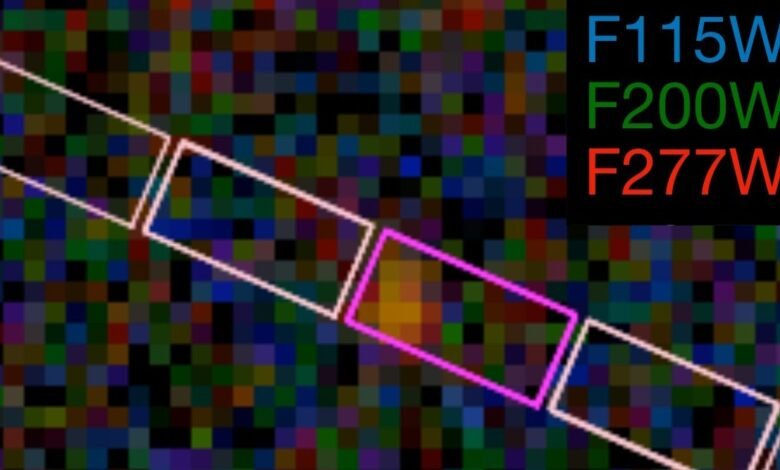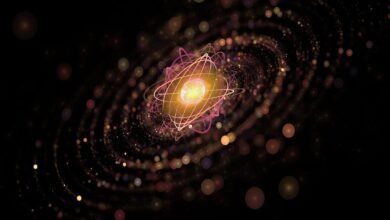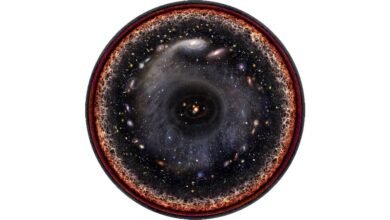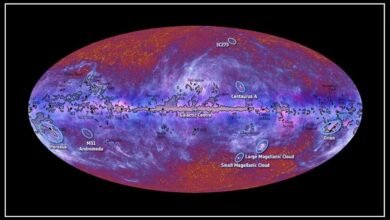JWST breaks its own record with new most distant galaxy MoM-z14 | by Ethan Siegel | Starts With A Bang! | May, 2025

Coming from just 280 million years after the Big Bang, or 98% of cosmic history ago, this new, massive galaxy is a puzzle, but not a mirage.
No matter how well we think we understand the Universe, there’s always something new out there to discover. After all, astronomy is the study of the Universe as we observe it to be, and as we build superior instruments and telescopes, we’re bound to notice details, objects, and even phenomena that couldn’t be revealed with the tools of prior generations. In many regards, it was only with the advent of space telescope technology — including NASA’s Hubble Space Telescope — that we began to understand what the Universe looked like. Now, here in the 2020s, it’s the James Webb Space Telescope (JWST) that’s taking us beyond all of Hubble’s prior limits, discovering fainter, more distant, more primitive, and younger objects in the Universe than ever before.
Back in 2022, before JWST began science operations, we had only one confirmed galaxy from the first 500 million years of cosmic history: GN-z11, discovered with the Hubble Space Telescope. Several other ultra-distant galaxy candidates existed, but they were just that: candidates. It would take a superior tool, like JWST, to find others, as well as to confirm or refute the ones we already had.




